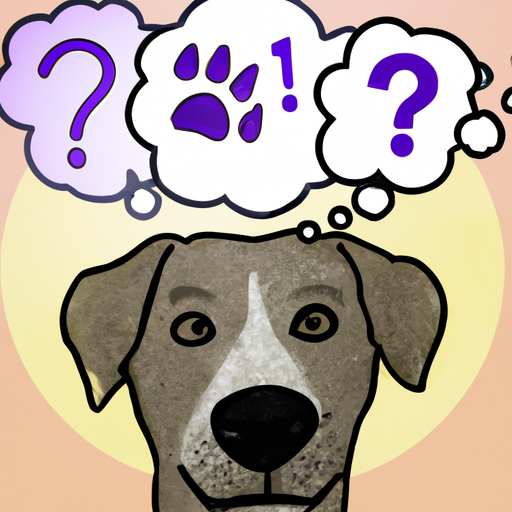Understanding Your Dog’s Nose
You’re probably familiar with the cold, damp sensation of your beloved canine’s nose. But do you ever wonder why it’s often wet? A dog’s nose, also known as a snout, serves multiple purposes vital to their survival. Its primary function is to provide an exceptional sense of smell, which is far more potent than ours.
A wet nose helps to intensify these scents, making it easier for dogs to detect and decipher them. It’s a bit like adding water to a dried-up sponge, allowing it to absorb more.
The Science Behind a Wet Nose
So, why is your dog’s nose wet? There are three main reasons:
-
Tears: Dogs have a duct that drains tears from their eyes into their noses. This tear flow keeps their noses moist.
-
Saliva and Nasal Secretions: Dogs often lick their noses, which adds moisture. Additionally, the inner lining of their noses produces mucus that aids in scent detection.
-
Condensation: Dogs’ noses can also gather moisture from the air, particularly in humid conditions or when they’re panting.
Does a Wet Nose Indicate Good Health?
There’s a common myth that a wet nose signifies a healthy dog, while a dry one indicates sickness. However, this isn’t entirely true. While severe dryness or other nose changes can sometimes signal health issues, a perfectly healthy dog may also have a dry nose due to various factors like weather, hydration, or just waking up from a nap.
As a caregiver, you’d want to monitor your dog’s nose for any drastic changes. If it’s usually wet and suddenly becomes dry for extended periods, or vice versa, it might be worth consulting a veterinarian.
When a Wet Nose Could Be a Concern
A wet nose isn’t always a sign of optimal health. Excessive wetness, especially when coupled with discharge or changes in color or texture, may indicate a problem. Conditions that can lead to these symptoms include:
- Allergies
- Upper respiratory infections
- Nasal mites
- Autoimmune diseases
If you notice any of these symptoms, it’s essential to seek veterinary advice promptly.
Caring for Your Dog’s Nose
Taking care of your furry friend’s nose involves:
-
Regular check-ups: Keep an eye out for any changes in your dog’s nose.
-
Hydration: Ensure your dog drinks enough water as dehydration can cause a dry nose.
-
Protection in extreme weather: In hot or cold weather, a dog’s nose can dry out or even get sunburned. You can use dog-approved nose balm for protection.
-
Cleaning: Wipe your dog’s nose gently with a soft, damp cloth when needed.
Frequently Asked Questions (FAQ)
Q: Is a dry nose a sure sign of illness in dogs?
A: No, a dry nose isn’t necessarily an indicator of illness. It could be due to weather, dehydration, or your dog just waking up.
Q: Can a wet nose be a sign of illness in dogs?
A: While a wet nose is generally normal, excessive wetness, especially with discharge or changes in color or texture, might indicate a problem.
Q: How often should I clean my dog’s nose?
A: There’s no set rule. Clean your dog’s nose when it seems dirty or when they’re uncomfortable. Always use a soft, damp cloth and be gentle.
Q: Should I be worried if my dog’s nose changes color?
A: A sudden change in color can indicate a health issue. If you notice such a change, consult a vet.



